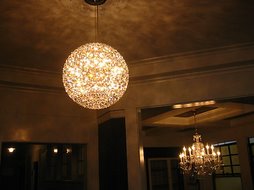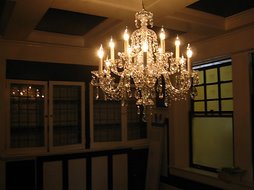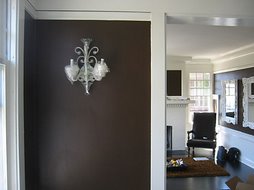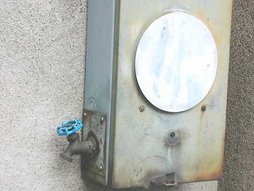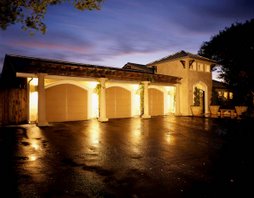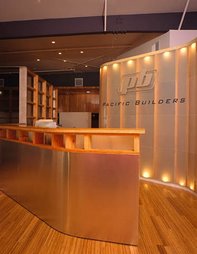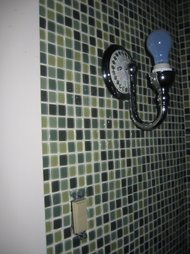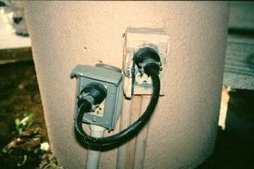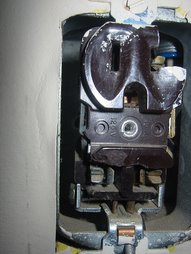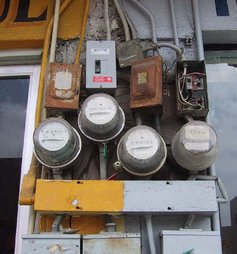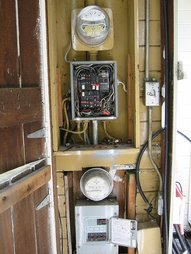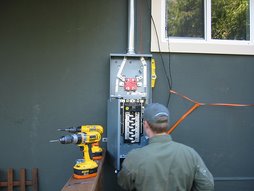We provide a no-cost Lifetime warranty on hardwired Tesla Wall Connectors we install.
Second, the maximum charge rate for a Model S on a NEMA 14-50 outlet is 23 miles of charge per hour. The Wall Connector on a 60amp circuit will give you 34 miles of charge per hour, so 50% faster charging.
Third, the reliability of charging on a NEMA 14-50 outlet is limited by design and quality of the outlet your electrician buys. There is a $15 (Leviton brand) residential grade NEMA 14-50 outlet sold at Home Depot that is not sufficient to support daily vehicle charging. The Leviton outlet has fiberglass insulators that tend to melt out after a few months of vehicle charging. The outlets are not designed specifically for EV charging; they are designed for plugging in RVs and range ovens. Ranges will pull max power once in a while when we roast a turkey, but EV charging will be pulling maximum amperage for hours on end every night. For this heavy use, we recommend an industrial grade NEMA 14-50 outlet, by one of these three brands: Hubbell, Bryant, or Cooper. These use glass or ceramic insulators and should last 3-5 years before they, too, eventually need to be replaced. At $80 – $150, they are not cheap.
Fourth, installing a Tesla Wall Connector lets you keep the mobile connector that comes with the car in the car. If you are using the cord that comes with the car to charge at your home every night, you will need to unplug it and take it with you every time you travel, which is time consuming and will wear out your plug faster. Most owners in this situation end up purchasing a second Mobile Connector Bundle to keep in the car as a backup, which is ~$300. Many folks expect to save some money by installing the NEMA 14-50 outlet instead of the Wall Connector, but that usually doesn’t end up being the case in the long run.
So for faster charging, a more reliable charging setup, a future-proofed design (the Gen3 Wall Connector gets OTA firmware updates), and a better looking unit, the Tesla Wall Connector is our only recommendation. I have attached the Gen3 Wall Connector installation guide as a reference.
I hope this helps!
Jonas Clausen | Tesla Installation Project Manager
47700 Kato Rd. | Fremont, CA 94538
Shared with Jonas Clausen’s permission
In January of 2018, National Electric Code was updated to require all exterior and garage plugs to be GFCI protected. This development has been the cause of problems for electric vehicles. EVs can trip the GFCI when they piggy back “communication” signals through the circuit during the charging process. Cord and plug connection used to be a viable wiring method before the introduction of these new regulations, but, at this time; the NEMA 14-50 cord and plug connection is not a viable method for Electric Vehicle Service Equipment.
What this means: In short, due to being overall safer and more customer-friendly, we will only install EV Chargers that are hardwired. Here’s a brief list of the benefits of direct wiring:
- Safer.
- Fewer Issues, Less Maintenance
- Fastest charging
- Lower Cost (both initial and long term)
- Better Looking Installation
- Follows most manufacturer instructions and requirements
- Code Compliant
- We are so confident in this wiring method, we provide a no cost lifetime warranty on Tesla Wall Connectors we install
- We do not install Nema 14-50 outlets for EVSE at this time and we suggest, at minimum, to upgrade any legacy 14-50 outlets being used for Electric Vehicle Service Equipment to ceramic devices







